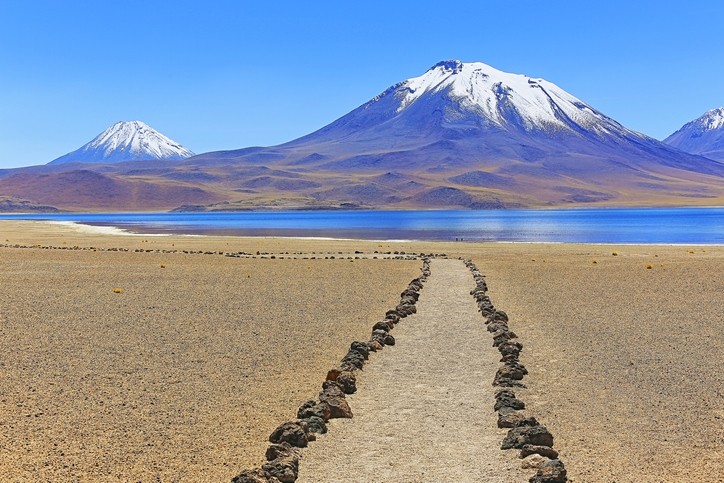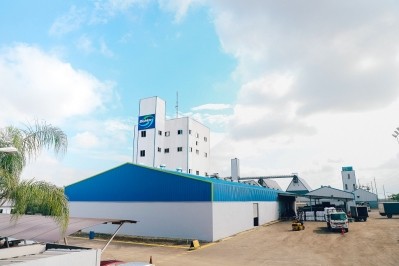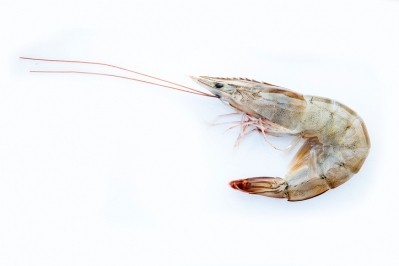BioMar continues investment in Ecuadorian shrimp production hub

“We have experienced a strong growth in Ecuador since the acquisition of Alimentsa in 2017.”
The Danish fish feed player says a new extrusion line would create the foundation for development of new product ranges and is expected to be ready early 2020. The line will add around 40,000 tons capacity and is expected to enter operation in Q1 2020.
The group also recently commissioned a fifth production line in order to secure sufficient capacity next year. It is set to be on stream early 2019.
The investment is part of BioMar’s strategic plan for the shrimp business, which also includes a recently inaugurated research and trial unit in connection with the plant in Ecuador.
Shrimp production data
Ecuador is the fifth largest exporter of shrimp to the US, after India, Indonesia, Thailand and Vietnam (Source: SSP).
The shrimp market in Ecuador produces about 450,000 tons of shrimp a year. Growth rates in the market are expected to be about 8-12% and Alimentsa has a market share of about 12-15% in Ecuador; it sold about 77,000 tons of feed in 2016 (Source BioMar).
BioMar also produces extruded shrimp feed in Asia and Central America plus has some support production for Central America and Ecuador coming from BioMar’s factories in Chile. Larval diets for shrimp are distributed worldwide under the LARVIVA brand from BioMar’s French production site.
Competitive market
In June, BioMar said it wanted to fortify Alimentsa business in what is a highly competitive market, despite low shrimp prices.
John Tinsley, technical director, emerging markets, BioMar, told us that high performing diets and functional feeds will play a vital role for BioMar in Ecuador, not just at the grow-out phase, but at every stage of shrimp production, from hatchery to harvest, particularly as the sector there comes under increasing pressure from retailers globally to reduce its reliance on antibiotics.
“The expansion of the ATC in Ecuador signals our intent to really enter into this market, which is the hub of Vannamei shrimp production in South America. What we do here [at the Ecuadorian ATC] will have implications elsewhere, the research generated here will filter throughout the various factories we have globally.”
Market fluctuations in shrimp prices are certainly a challenge but such volatility also brings opportunities. “One of the things shrimp producers here are looking for is efficiency. That is one way of maintaining their competitiveness on the global market.”
The need to reduce mortality or improve the robustness of animals and, thus, enhance productivity and efficiency is informing shrimp feed research at BioMar, he continued.
Sustainability
In terms of quality and sustainability, Ecuador has the upper hand on a lot of shrimp producing countries, said Tinsley.
“Certain countries, historically, have had problems in relation to disease but production in Ecuador has bucked the trend, increasing year on year. Shrimp producing countries in Asia has taken more of a hit in that regard.”
There is a fundamentally different approach to shrimp production in Ecuador compared to elsewhere, he said.
“There are relatively low densities, and semi-intensive and extensive farming, with a focus also on genetic selection – that whole package has contributed to the increases in productivity.”
That is part of the appeal for BioMar and other players in the feed industry.










